6 October 1849 is a tragic day of Hungarian history, a national day of mourning since 2001, on which the nation commemorates the martyrs executed in Arad and Pest. The 13 military officers were killed by bullets and hanging in Arad and Count Lajos Batthyány, the Prime Minister of the first responsible and independent Hungarian government, was executed by bullets on the same day.
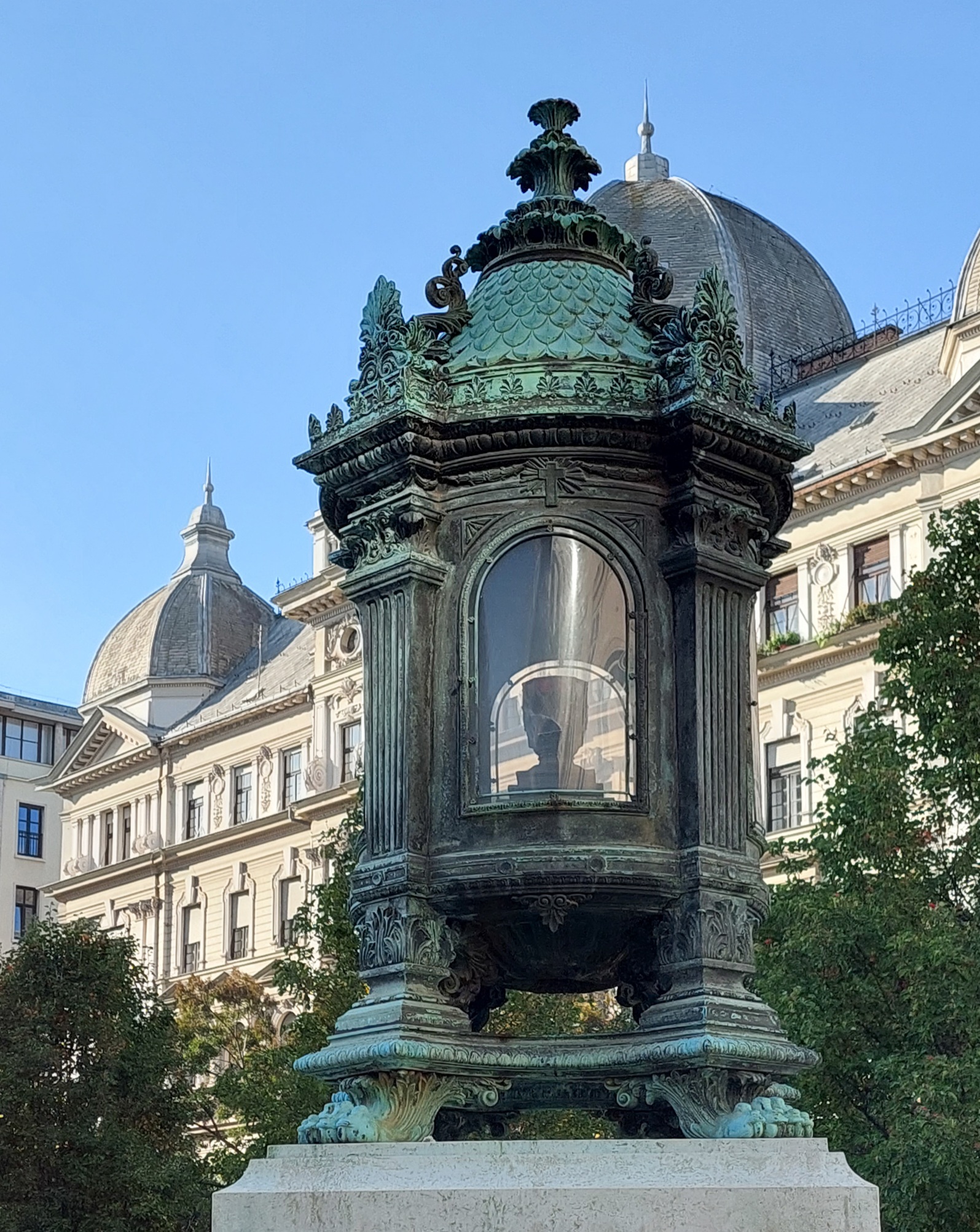
The Batthyány Eternal Flame at the intersection of Hold Street, Báthory Street and Aulich Street (Photo: Balázs Both / pestbuda.hu)
The terrible retaliation following the war of independence, the execution of Lajos Batthyány, not only shook the Hungarians here, but also the foreign public. After all, the count was entrusted by the ruler himself with the formation of a government, which began its work after the April laws, and on the other hand the lord always stood on the ground of legality and constitutionality and did not seek to sever the historical relationship with Austria.
The public execution site in Pest was established in the enclosed courtyard of the infamous Neugebäude (Újépület in Hungarian), and was carried out where the eternal flame stands today. Later, the body of Lajos Batthyány was secretly taken to the Franciscan church, where it was placed in one of the cubicles of the crypt. His reburial, with public respect, took place in 1870 in the Kerepesi Road cemetery after the Austro-Hungarian Compromise, and in 1874 he was placed in a mausoleum in today's Fiume Road Graveyard.
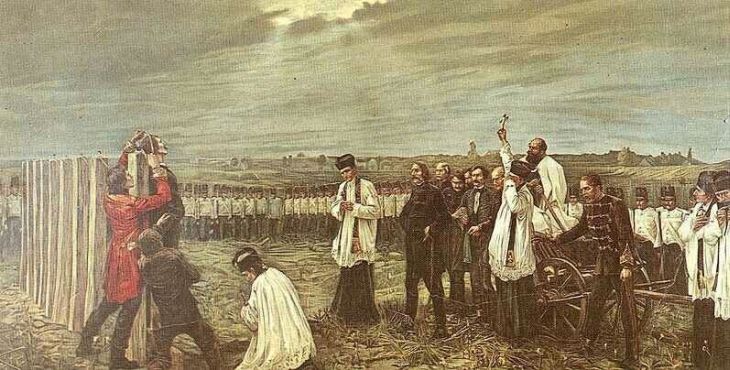
János Thorma: Martyrs of Arad (Source: Száz szép kép [One Hundred Beautiful Pictures]. National Széchényi Library, Hungarian Electronic Library [MEK])
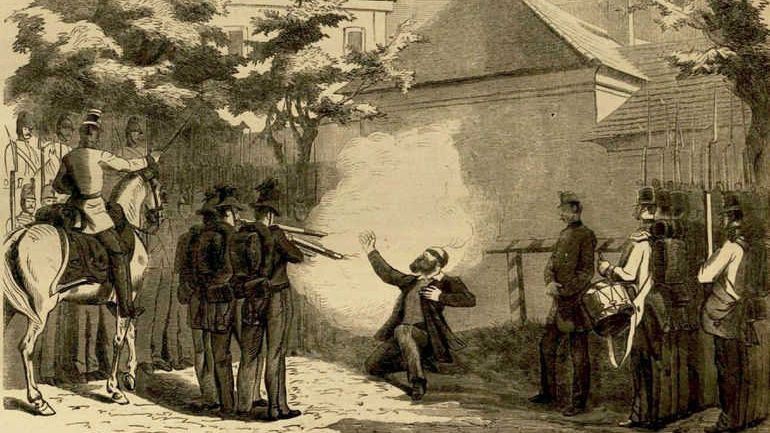
Execution of Lajos Batthyány (Source: Vasárnapi Ujság, 5 June 1870)
As early as the 1870s, it was suggested that the count should be commemorated in public in the capital in a worthy way, but no substantive action was taken until the early 1900s, when the 100th anniversary of his birth was approaching. The great statesmen, Ferenc Deák, István Széchenyi, József Eötvös, had already received, which Batthyány would have also deserved.
In 1905, in the Legislative Committee of the capital, József Surányi, the editor-in-chief and the owner of the oldest Hungarian daily, the Pesti Napló, suggested that an ornate candelabra, an "ever-burning lamp” should be made to commemorate the martyrdom of the former prime minister. After the general assembly approved the proposal and voted for the amount of 20,000 crowns needed for it, the engineering office started to develop the plans.
Meanwhile, the Hungarian Association of Engineers and Architects also announced a tender for the Batthyány eternal flame, which was won by the then young, little-known architect Móric Pogány on 25 February 1907, who was awarded an Ybl medal. The association recommended this plan to the capital for implementation.
The award-winning work was an obelisk reaching for the sky, with the eternal candle placed in the upper, inwrought part behind a metal lattice with lilies symbolizing the innocence of the prime minister. The sacredness of the monument was emphasized by the altar-like protrusion to which stairs led from the pedestal. On the corners of the obelisk, the architect designed four caryatids, masked female figures who symbolized the sadness and pain of the nation and posterity due to the violent martyrdom of Batthyány.
The natural model of the monument was erected at the selected site in 1909, another 30,000 crowns were provided for its construction, but this plan of the eternal flame was not realized at that time. In the meantime, it was also suggested that the lower part of the monument be made of stone and the upper part of colored eosin, but many modifications and then World War II prevented and swept away the construction work.
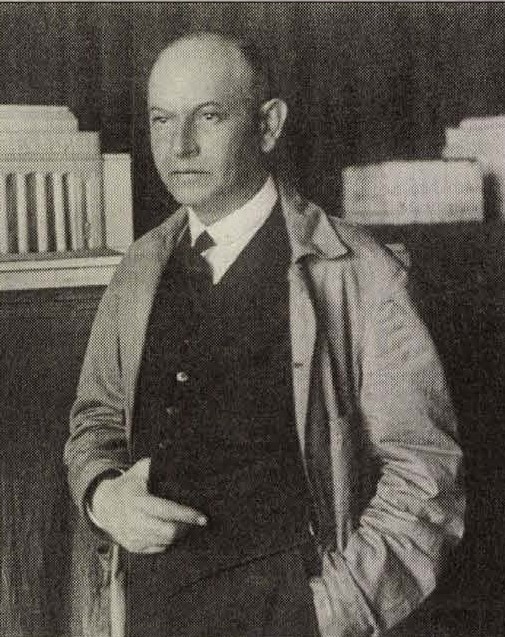
Designer of the Eternal Flame: Móric Pogány (Source: Népszabadság, Budapest, 4 July 2002)
.jpg)
The first design of the Batthyány eternal flame, the award-winning project of Móric Pogány from 1907 (Source: Magyar Pályázatok, April 1907)
Another motion to set up the eternal flame was made only after the war and revolutions, in 1925. The proposal was then made by Ödön Wildner at a meeting of the Fine Arts Committee. As the realization of the original work would have cost a huge amount, Móric Pogány was again asked to make new plans. Of these, the oversight committee for monuments in the capital decided on a classicist-style lamp on a simple pedestal, and the council of the capital voted a cost of 560 million crowns, which was a significant amount, but it was that high also due to the inflationary situation.
However, this new concept was quite different from the work imagined in the previous obelisk. It has been simplified, refined, and lost much of its monumentality. However, it became more artistically sophisticated and became more intimate, which also resulted from the changed historical situation of the country. Already in 1905, the death of Batthyány and the eternal flame, in addition to the martyr's death of the prime minister, reminded us of the vanquished freedom and independence that Hungary only partially enjoyed within the Monarchy. After Trianon, however, circumstances had already changed, and in a country that had become independent at the cost of serious sacrifices, it was less necessary to remember with an impressive monument reminiscent of freedom. At the same time, reverence and artistically articulated sacredness remained and intensified in it.
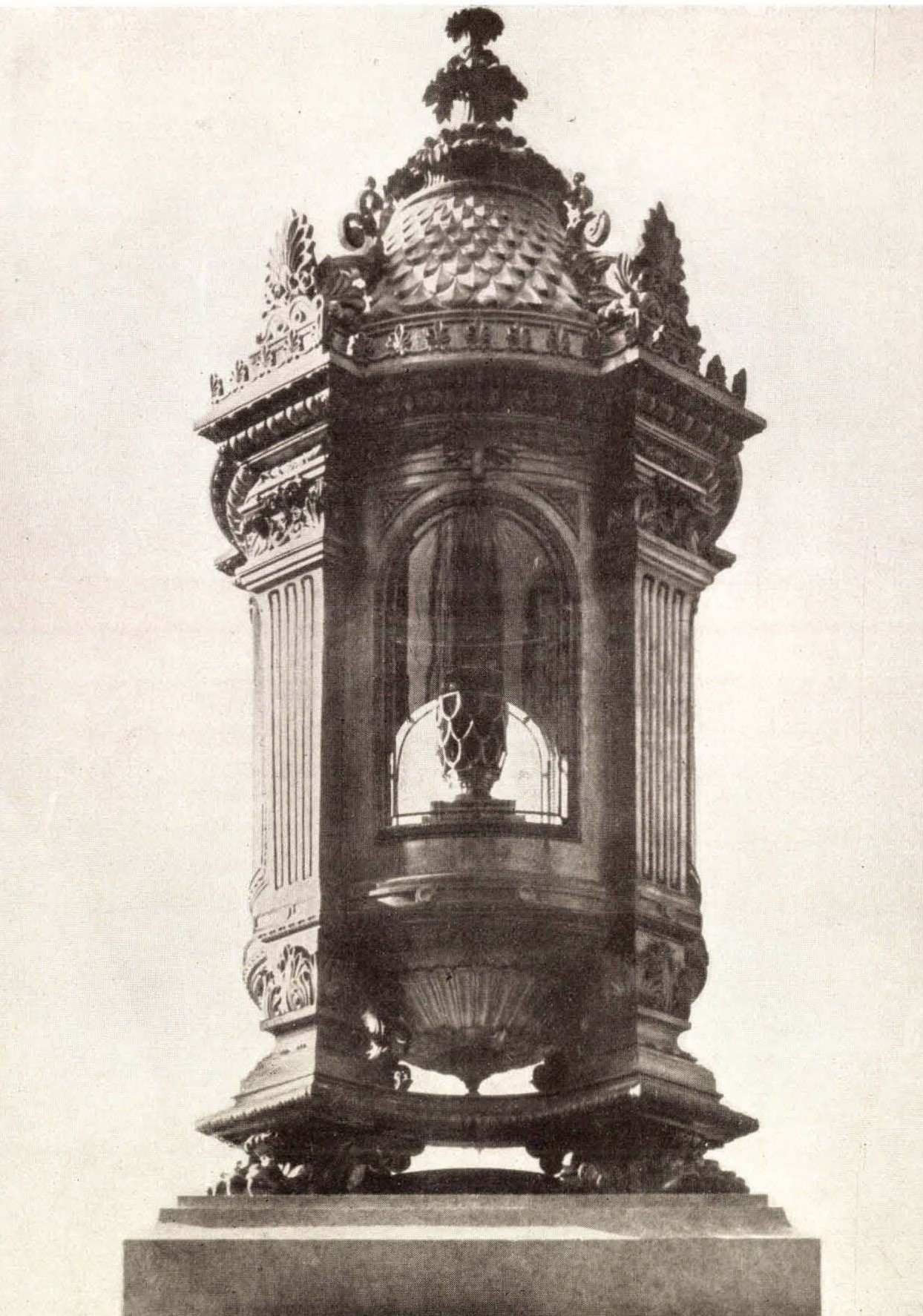
The new version of the Batthyány Eternal Flame, completed in 1926 and still visible today (Source: Magyar Iparművészet, 1926, issues 9-10)
The new monument became a 250-centimetre-high limestone pedestal on a three-step stone pedestal and a 180-centimetre-tall, 180-foot-tall, classicist-like bronze lamp on it, with four glass doors showing a purple glass cup surrounding the luminaire.
This new monument became much more personal in nature and was reminiscent of the Count, in which elements of mourning and the prayerful atmosphere of a temple, eternal remembrance, and martyrdom were combined into an impressive work of art. In addition to noble simplicity, the classicizing style of the monument also has a solemn and majestic effect. On the four sides of his pedestal there are different inscriptions in capital letters: in memory of Count Lajos Batthyány, The first responsible Prime Minister of Hungary suffered a martyrdom here, 6 October 1849, erected by the public of the Capital City of Budapest in 1926.
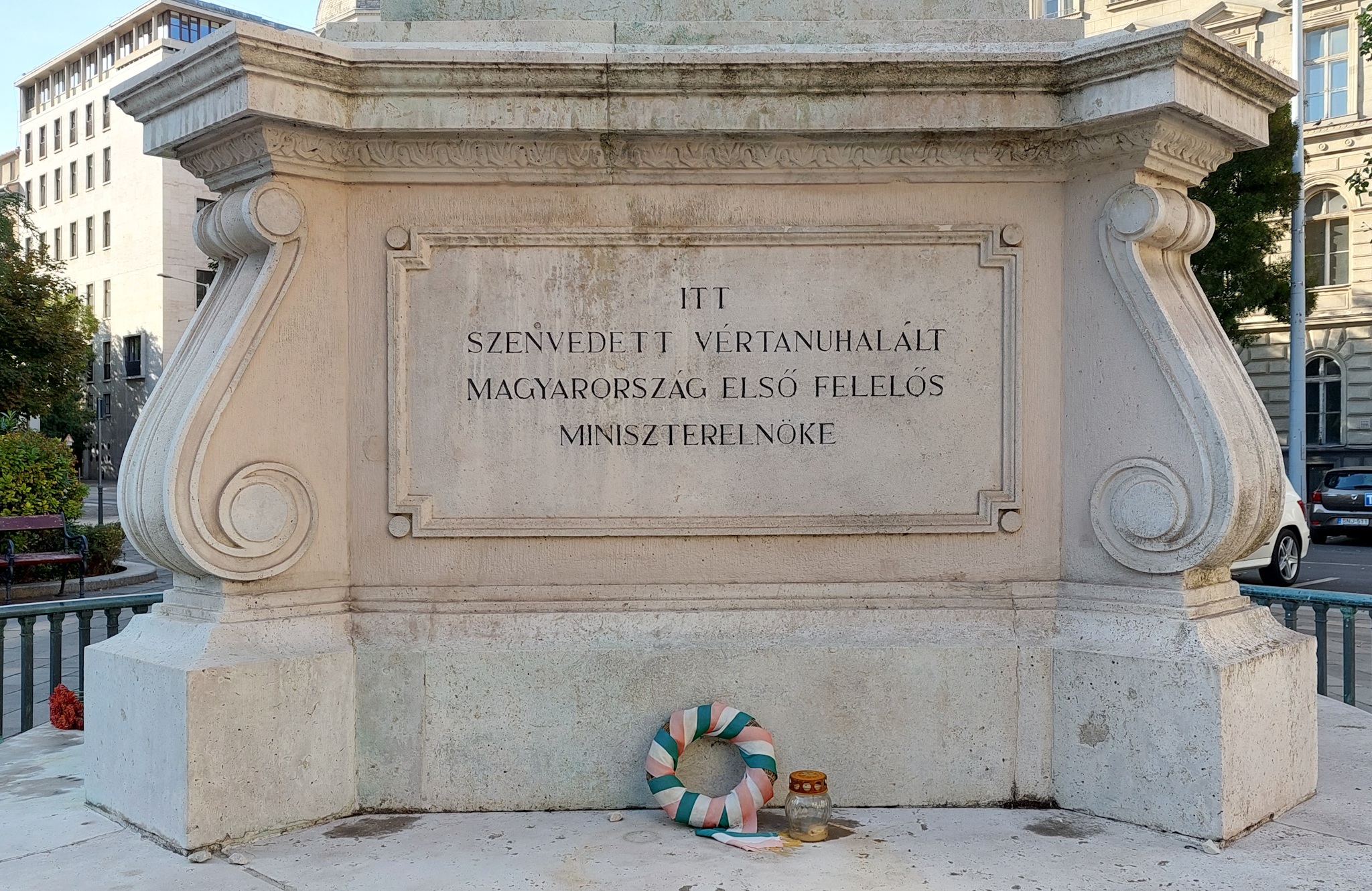
One of the inscriptions on the pedestal of the eternal flame (Photo: Balázs Both / pestbuda.hu)
The monument is surrounded by a low fence and gate made of bronze, which, in addition to enhancing the elegant appearance, separates and sets it apart from the hustle and bustle of everyday life. It designates a sacred space around it that gives dignity and urges humility.
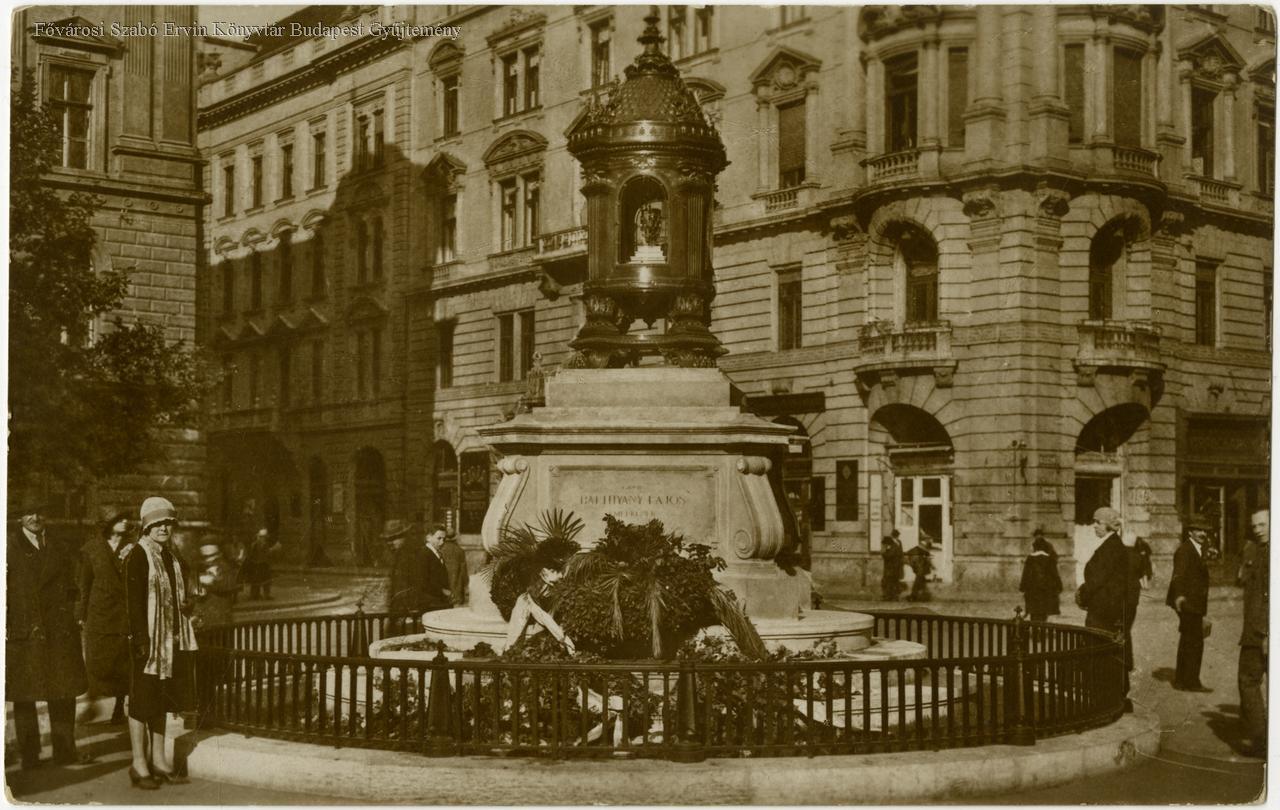
The Batthyány Eternal Flame in 1926 (Source: FSZEK Budapest Collection, No.: K000655)
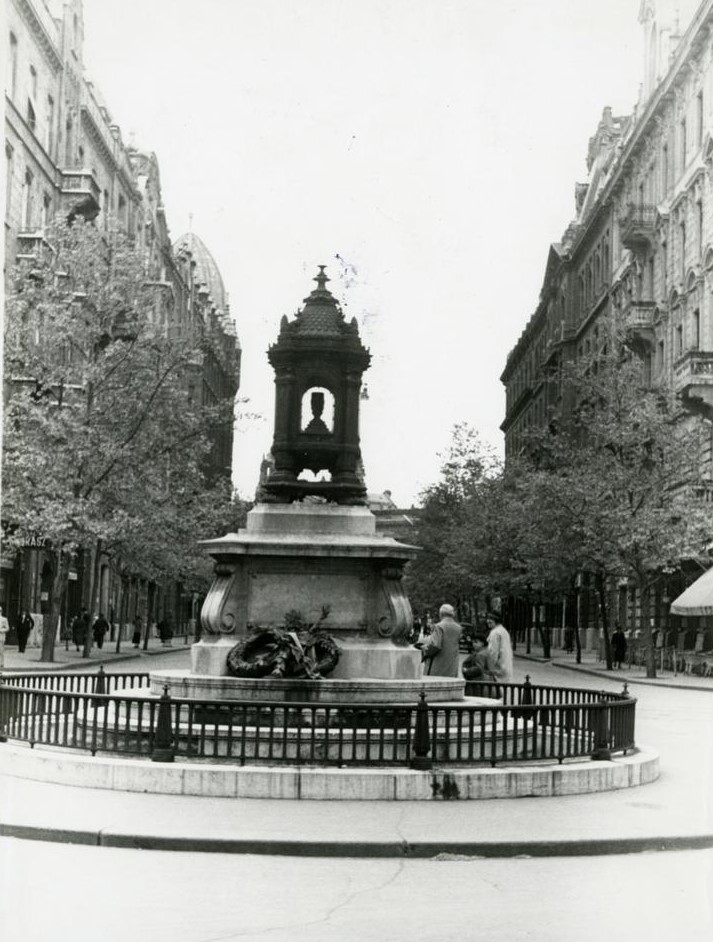
The Batthyány Eternal Flame in 1936 (Source: FSZEK Budapest Collection / No.: 021882)
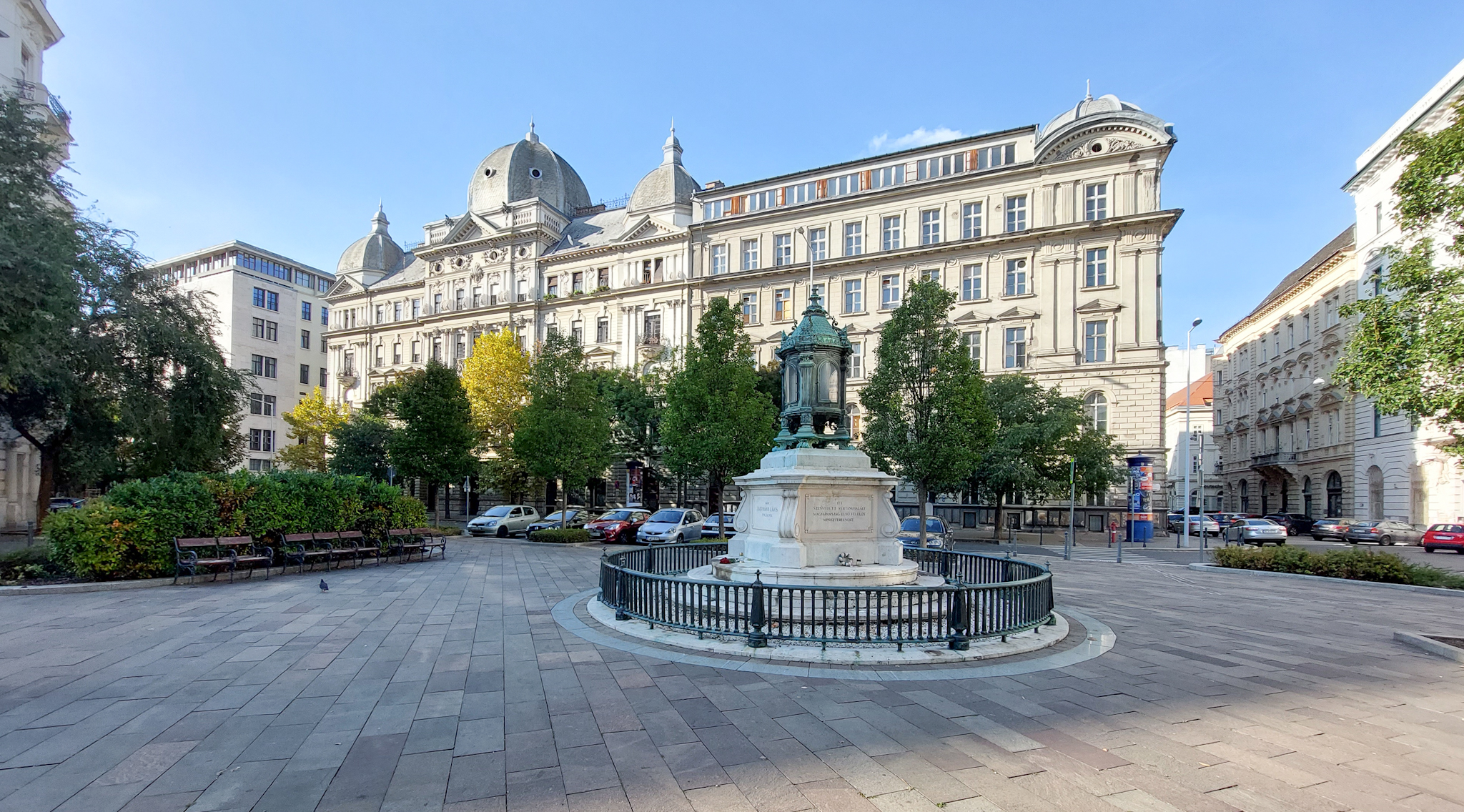 The eternal flame and the ornamental space created around it nowadays (Photo: Balázs Both / pestbuda.hu)
The eternal flame and the ornamental space created around it nowadays (Photo: Balázs Both / pestbuda.hu)
The monument was unveiled 95 years ago, on 6 October 1926, and the country's main public dignitaries appeared at the large-scale ceremony. There was Governor Miklós Horthy, Minister of Religion and Public Education Kunó Klebelsberg, representing the government, as well as representatives of the National Assembly, church, civil and military authorities, members and leaders of literary and scientific societies, national and urban parties, many university youth and scouts. Several members of the Batthyány family took part in the inauguration, including the daughter and son of Lajos Batthyány, Ilona and Elemér, and his granddson László, and even the last living soldier of 1848, István Lebó, 96, came.
The mourning ceremony began at noon and twelve o'clock, and the new public monument was still covered with a white veil. The area around the monument was decorated with national flags, and a row of scouts stood at the ceremony site. The first speaker was Councillor Endre Liber, who in his speech outlined the history of the creation of the statue and recommended it to the capital for acceptance. This was followed by the unveiling at noon, for which the governor granted permission. Afterwards, Mayor Jenő Sipőcz and then Gyula Pekár, the president of the Petőfi Society, gave a solemn, inaugural speech about Batthyány and the martyrs of the war of independence. The whole ceremony was accompanied by the choir of Fővárosi Énekkar.
.jpg)
Participants in the inauguration of the Batthyány Eternal Flame on 6 October 1926. In the picture they are sitting from the left: Governor Miklós Horthy, Elemér Batthyány, István Lebó, soldier of 1848. To the right of them the four men in the foreground are: Deputy Mayor Lajos Folkusházy, Mayor Ferenc Ripka, Count Kunó Klebelsberg, Minister of Religion and Public Education, Mayor Jenő Sipőcz. Behind Jenő Sipőcz Albert Berzeviczy President of the Academy of Sciences (Source: Uj Idők, 17 October 1926)
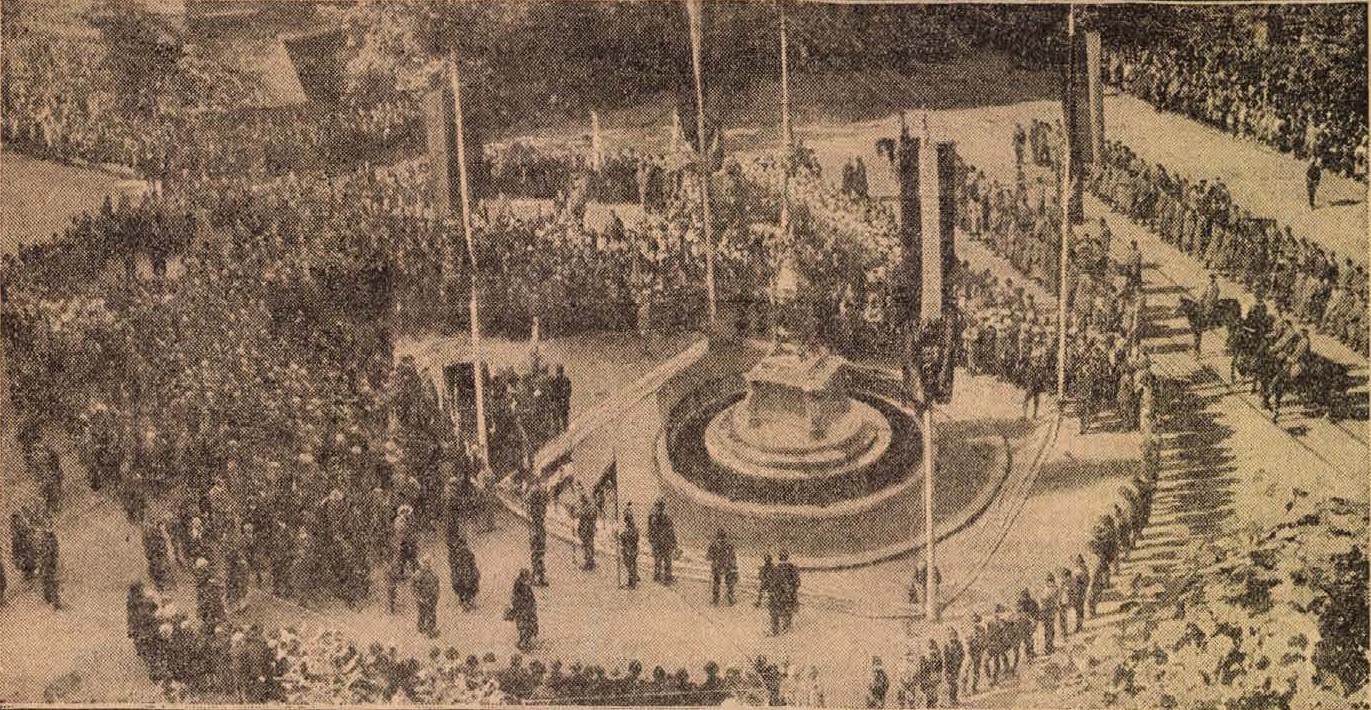
Inauguration ceremony of the Batthyány Eternal Flame on 6 October 1926 (Source: Újság, 7 October 1926)
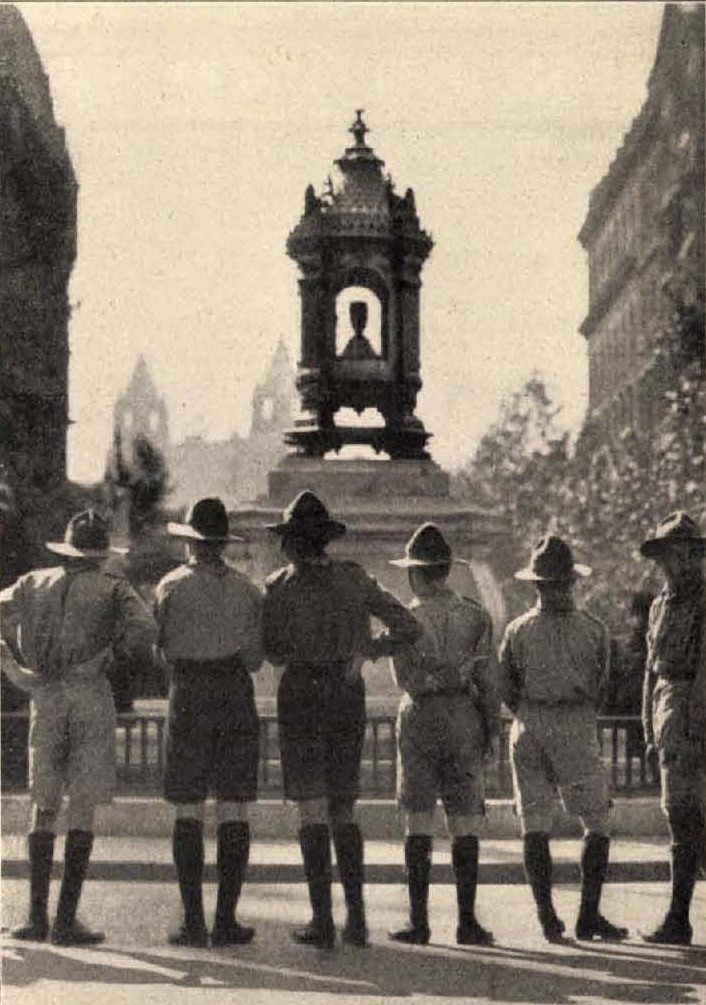
Scout line around the Eternal Flame (Source: Uj Idők, 17 October 1926)
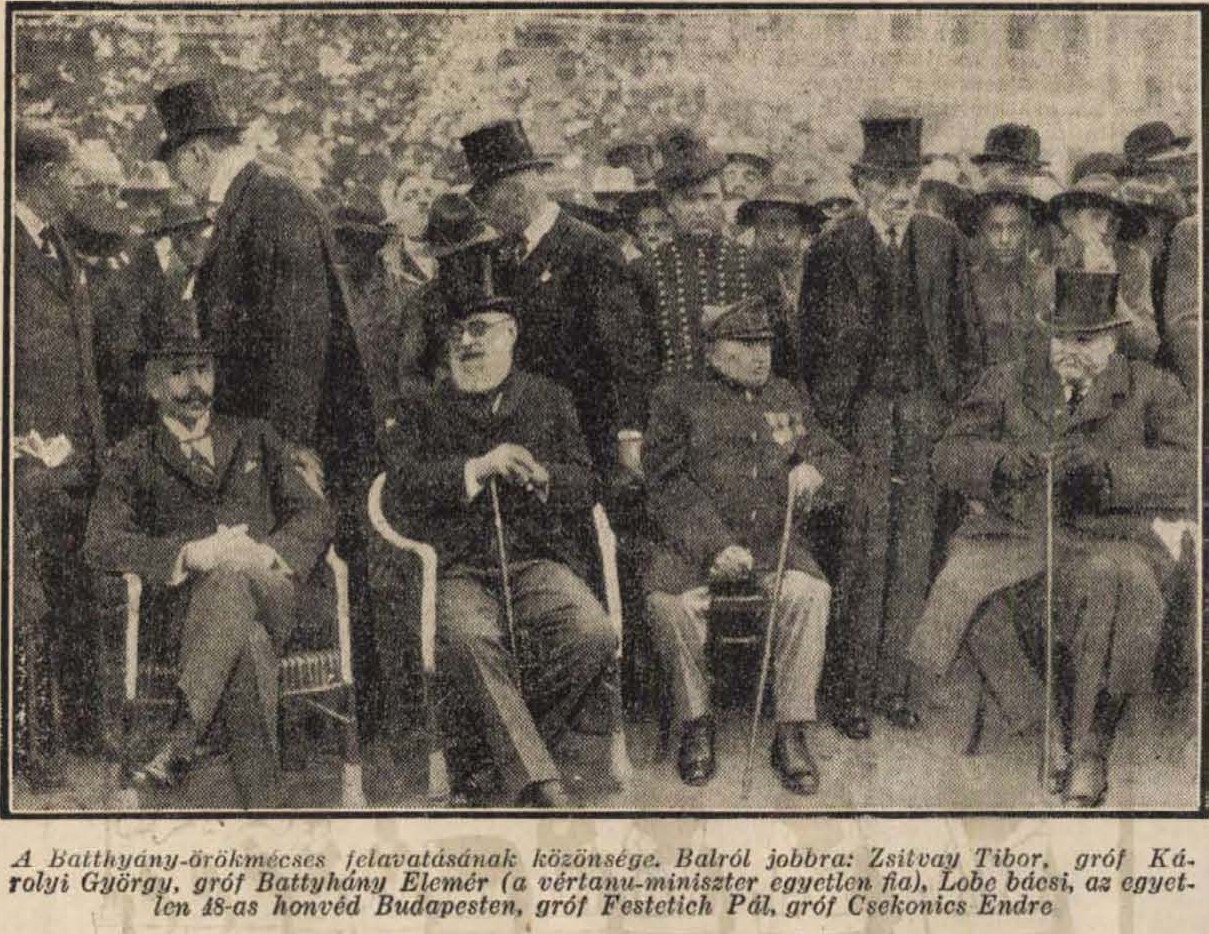
Participants of the ceremony (Source: Pesti Napló, 7 October 1926)
The Eternal Flame not only commemorated Lajos Batthyány, but also reminded us of freedom and independence through the democratically elected government of 1848. Thus, later, the memorial site became the scene of demonstrations several times (1941, 1943, 1956).
At the time of the regime change, the democratic opposition organized commemorations here on 15 March, and after the 1990s it became a permanent venue for official celebrations.
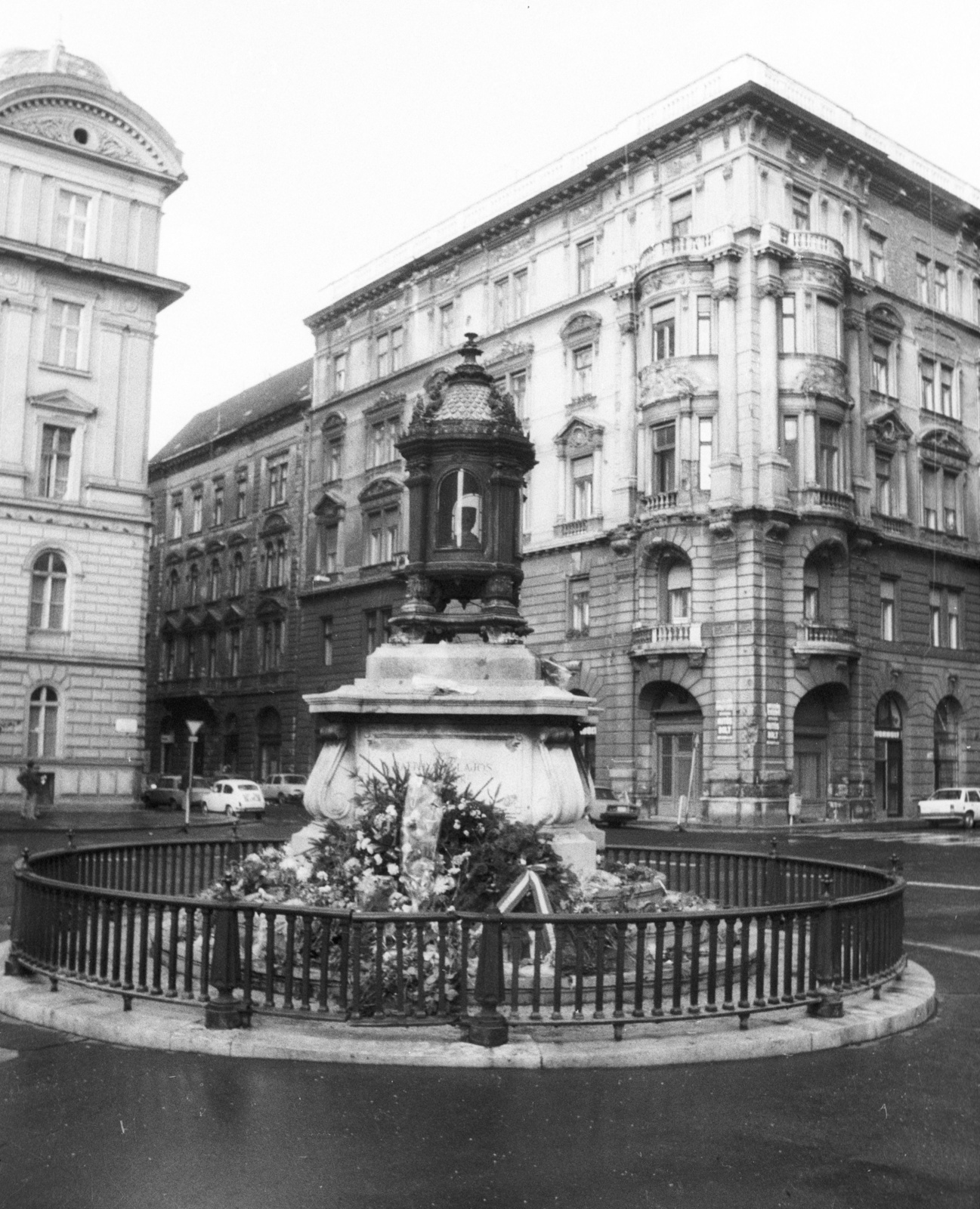
The Eternal Flame in 1988 (Source: Fortepan / No.: 60418)
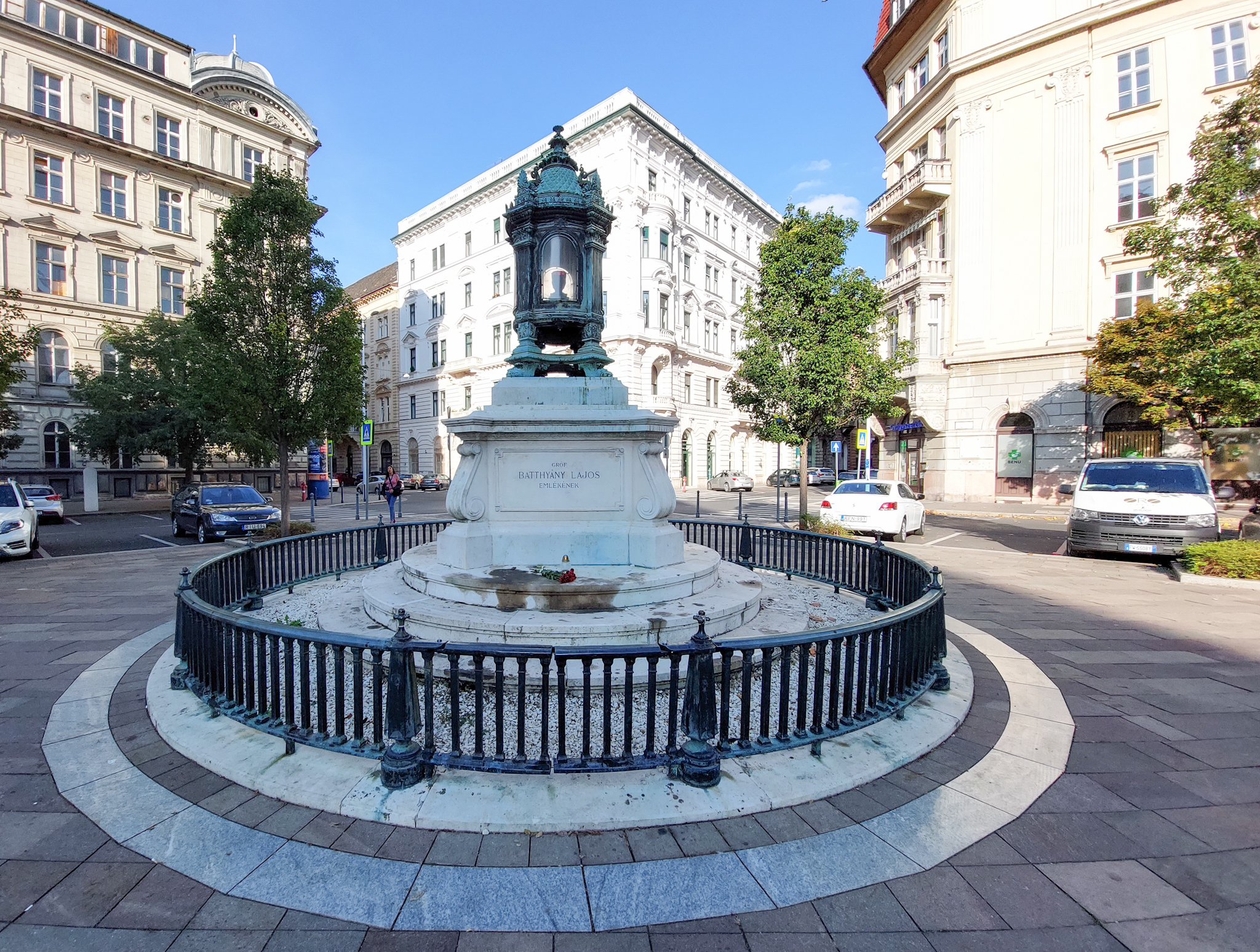
The Batthyány Eternal Flame nowadays (Photo: Balázs Both / pestbuda.hu)
Cover photo: The Batthyány Eternal Torch (Photo: Balázs Both / pestbuda.hu)

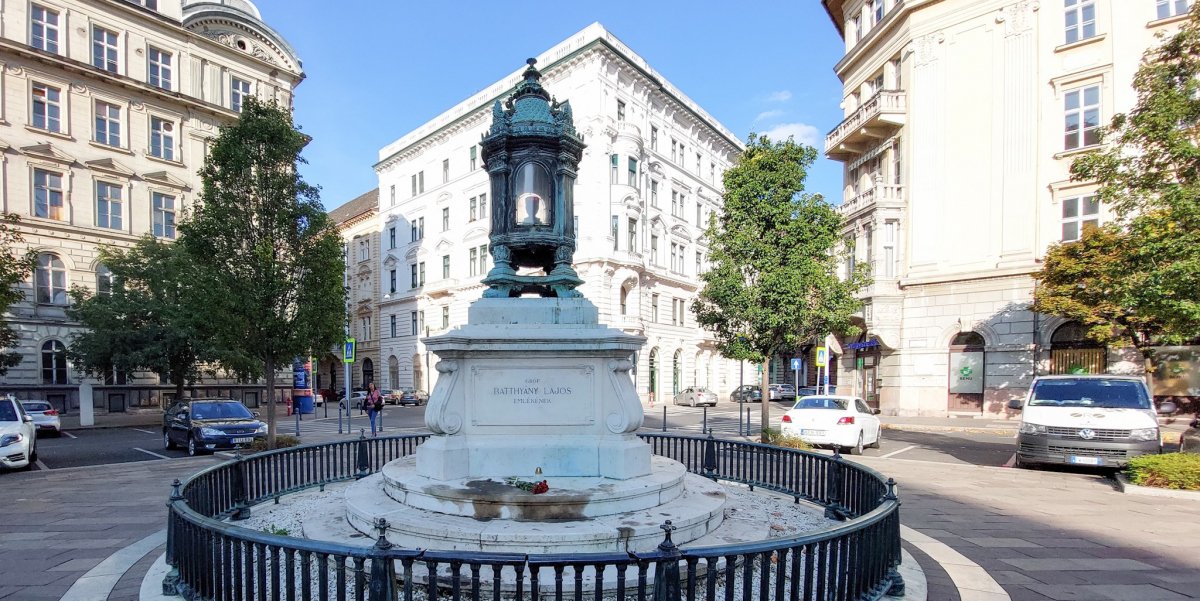


































Hozzászólások
Log in or register to comment!
Login Registration